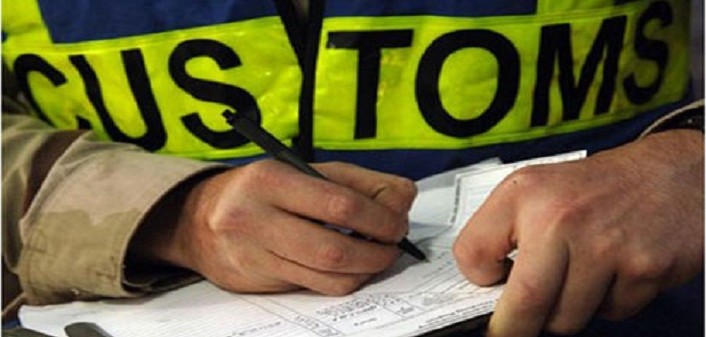
Documents required for customs clearance
Comments
1. Invoice. An invoice must provide details on the amount and name of the goods, the price, code as per the Product Classifier for Foreign Economic Activities, TIN / VAT, contract number, delivery terms, names of the seller, recipient and sender. An invoice is drawn up by the seller for the buyer in the language of the seller (unless otherwise provided for by the contract).
2. Proforma Invoice. This document must specify the type, amount and estimated value of the goods; the appropriate code as per the Product Classifier for Foreign Economic Activities; TIN / VAT, contract number and delivery terms; it must also be marked with the words “For customs purposes only; no payment required”. A proforma invoice is drawn up by the seller for the buyer in the language of the seller (unless otherwise provided for by the contract). A proforma invoice is issued in case goods are supplied free of charge or when the actual price of the goods is specified in a different invoice.
3. Packing List. Apart from the name of product and data on the sender and recipient, the Packing List specifies the net and gross weight, number and type of freight pieces, packaging type and volume. This document is very convenient for freight integrity control.
4. CMR. This is an international consignment document issued by the shipper or sender which contains information on the sender, recipient, point of loading and unloading, number and weight of freight pieces and the code as per the Product Classifier for Foreign Economic Activities.
5. EX-1. EX-1 is a document for goods manufactured in, and sold from, the EU; it is an internationally accepted document confirming exportation. Once ЕХ-1 has been stamped at the customs when moving out of the EU, the supplier confirms the transfer of goods outside the EU, and VAT is refunded to the supplier. If ЕХ-1 has been declared incorrectly, the buyer will not be able to refund the VAT. If ЕХ-1 has not been issued in the originating country, we can open it for you under the power of attorney. For export purposes, the sender must apply for an EORI number at the place of registration; the number will then be registered in the European database. ЕХ-1 must travel with goods moved from their European warehouse to areas outside the EU. ЕХ-1 is generally obtained by the duly licensed supplier or by the agent of the supplier or carrier that have access to the electronic export system. ЕХ-1 is completed electronically and must have a unique Movement Reference Number (MRN) and bar code. The number can be checked on the EU Customs website.
6. Т1. Also known as the Northern Passport, this transit declaration is issued for transit freights travelling across the EU. While in Europe, these goods can only be stored in the customs warehouses which will be financially liable to EU fiscal agencies, should the goods fail to exit the EU. Т1 may be replaced with a TIR Carnet. The key difference between TIR Carnets and Т1 is that a TIR Carnet provides customs protection as far as the customs warehouse, while T1 is only valid in the EU. This means that for goods dispatched to the Customs Union territory additional documents must be obtained along with T1.
7. TIR Carnet. A universal document which enables you to move freights under customs control. The carrier guarantees safe delivery to the destination customs terminal and the coverage of customs duties to the state in case of consignment loss; it also reduces customs formalities at the Russian border.
8. ATA Carnet. An international document which replaces customs declarations and enables to perform duty-free, simplified and fast clearance of items temporarily imported for use at exhibitions or fairs as well as of commercial samples, professional equipment and some other types of goods. ATA carnets are issued by the Chamber of Commerce in the originating country. Please note that not all countries have fully ratified the convention on ATA carnets.
9. Bill of Lading (BOL). A document issued to the sender by the carrier which confirms the receipt of goods for shipment. The carrier guarantees delivery to the destination, after which the goods are transferred to the receiver. The document specifies the receiver, sender, product name and weight; voyage number; the name of the ship; the container number; the overall number of containers; and the port of destination/departure.
10. AWB (Airway Bill). This is a contract for the movement of goods by air which is completed by the sender and handed to the carrier together with the freight being forwarded. The document specifies the sender and the receiver; the product name, weight and volume; the flight number; the number of freight pieces; the airport of departure/arrival and the delivery cost.
11. Railway Bill. An international shipping document used in rail freighting. The railway bill documents the shipping agreement between the consignor and railway administration. The document specifies the names of the receiver and the sender; product name; weight; car number; the number of freight pieces and the station of departure/arrival. Railway bills are drafted in a standard form, normally in two languages.
We are ready to be your reliable business partner!